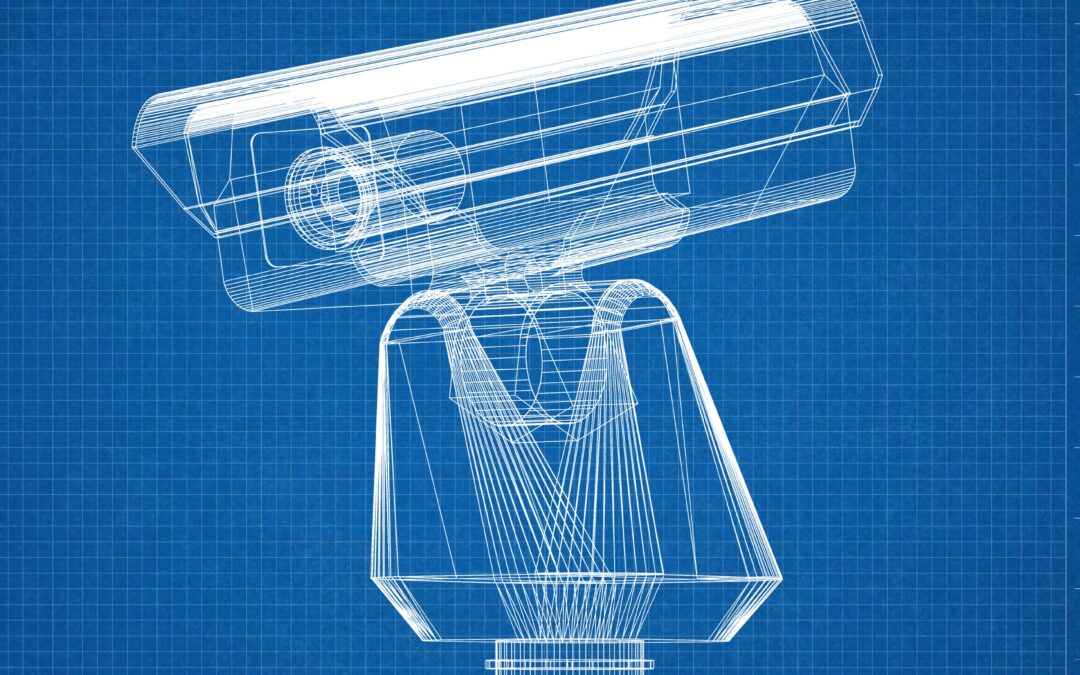In an era where digital transformation is revolutionizing the healthcare landscape, the industry faces unprecedented challenges in securing sensitive patient data and maintaining the integrity of critical systems. Cybersecurity threats in the healthcare sector are not merely theoretical; they pose real risks to patient privacy, data integrity, and even patient safety. In this comprehensive guide, we will explore the prominent cybersecurity threats faced by the healthcare industry and delve into robust solutions to safeguard against these risks.
Understanding the Stakes in Healthcare Cybersecurity
The healthcare industry holds a treasure trove of valuable information—patient records, treatment plans, financial data, and more. As healthcare organizations transition to electronic health records (EHRs) and telehealth solutions, the attack surface for cyber threats widens significantly. The implications of a cybersecurity breach in healthcare extend beyond financial losses; they can compromise patient trust and have severe consequences for patient safety.
1. Common Cybersecurity Threats in Healthcare
a. Ransomware Attacks
Ransomware remains a pervasive threat in the healthcare sector. These attacks involve encrypting an organization’s data and demanding a ransom for its release. For healthcare providers, this could mean losing access to critical patient records, disrupting operations, and potentially endangering patient lives.
b. Phishing and Social Engineering
Phishing attacks, often disguised as legitimate communication, aim to trick employees into revealing sensitive information or clicking on malicious links. Social engineering tactics prey on human psychology, exploiting trust to gain unauthorized access to confidential data.
c. Insider Threats
While healthcare professionals are dedicated to patient care, there is the potential for insider threats—employees intentionally or unintentionally compromising data security. This could include unauthorized access to patient records, accidental data leaks, or even disgruntled employees seeking revenge.
d. IoT Vulnerabilities
The proliferation of Internet of Things (IoT) devices in healthcare, from connected medical devices to wearable health trackers, introduces new vulnerabilities. If not adequately secured, these devices can serve as entry points for cybercriminals.
2. Impact of Cybersecurity Breaches in Healthcare
The consequences of a cybersecurity breach in the healthcare industry are profound and multifaceted.
a. Compromised Patient Data
A breach can expose sensitive patient information, leading to identity theft, insurance fraud, or other malicious activities. The loss of trust resulting from compromised patient data can have long-lasting effects on the reputation of healthcare organizations.
b. Operational Disruptions
Ransomware attacks can bring healthcare operations to a standstill. This not only affects patient care but can also lead to financial losses and legal ramifications for failing to meet service obligations.
c. Patient Safety Risks
In critical healthcare settings, where timely access to accurate patient data is a matter of life and death, a cybersecurity breach can pose direct threats to patient safety. Incorrectly accessed or altered medical records can lead to misdiagnosis or mistreatment.
Cybersecurity Solutions for the Healthcare Industry
Addressing cybersecurity threats in the healthcare sector requires a multifaceted approach that combines technological solutions, employee training, and adherence to industry best practices. Here are key strategies to enhance cybersecurity in healthcare.
1. Advanced Endpoint Protection
Implementing advanced endpoint protection solutions can safeguard against malware, ransomware, and other threats targeting end-user devices. This includes robust antivirus software, endpoint detection and response (EDR) systems, and regular security updates.
2. Employee Training and Awareness
Educating healthcare staff about cybersecurity best practices is crucial. Regular training sessions on identifying phishing attempts, recognizing social engineering tactics, and adhering to security protocols can significantly reduce the risk of human-related security breaches.
3. Data Encryption and Access Controls
Encrypting sensitive data ensures that even if unauthorized access occurs, the information remains unreadable. Implementing strict access controls based on job roles and the principle of least privilege limits access to sensitive data to only those who require it for their responsibilities.
4. Network Segmentation
Segmenting networks within healthcare organizations adds an extra layer of security. In the event of a breach, segmented networks restrict lateral movement, preventing attackers from easily accessing critical systems.
5. Regular Software Updates and Patch Management
Keeping software, including operating systems and applications, up to date is crucial in addressing vulnerabilities. Regular patch management ensures that known security flaws are promptly addressed, reducing the risk of exploitation.
6. Incident Response Planning
Preparing for a cybersecurity incident is as important as preventing one. Developing and regularly testing an incident response plan ensures that healthcare organizations can respond promptly and effectively to mitigate the impact of a security breach.
7. Vendor Security Assessments
Many healthcare organizations rely on third-party vendors for various services. Conducting thorough security assessments of these vendors is essential to ensure that their systems meet the same stringent security standards as the healthcare organization itself.
8. Compliance with Healthcare Regulations
Adhering to industry regulations such as the Health Insurance Portability and Accountability Act (HIPAA) is not just a legal requirement but also a foundational element of cybersecurity. Compliance frameworks provide guidelines for securing patient data and maintaining the privacy and integrity of healthcare information.
The Future of Cybersecurity in Healthcare
As technology continues to advance, the future of cybersecurity in healthcare will involve staying one step ahead of evolving threats. Artificial intelligence (AI) and machine learning (ML) will play integral roles in identifying and mitigating cyber threats in real-time, while blockchain technology may offer enhanced security for healthcare data.
In Conclusion
The healthcare industry stands at a critical juncture where embracing digital innovation must go hand in hand with fortifying cybersecurity defenses. By understanding the prevalent threats, implementing robust cybersecurity measures, and staying abreast of emerging technologies, healthcare organizations can ensure the safety and privacy of patient data in an increasingly interconnected world.
In the ongoing battle against cyber threats, collaboration between healthcare professionals, cybersecurity experts, and technology innovators will be paramount. As the healthcare industry continues to evolve, so too must its approach to cybersecurity to ensure a secure and resilient future for patient care.
